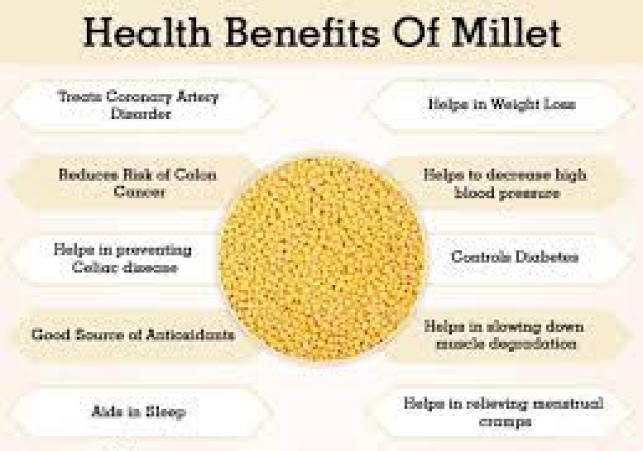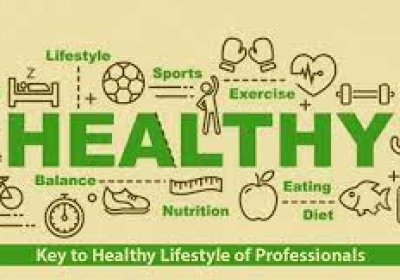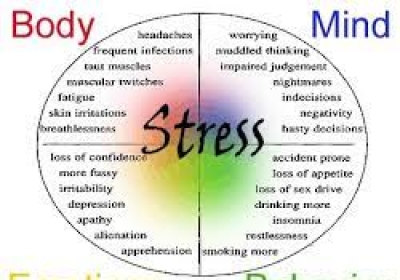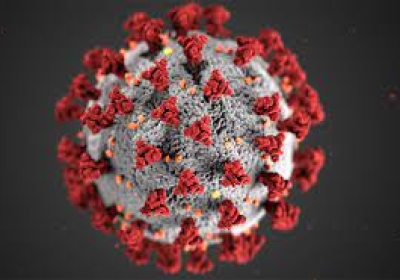Health Benefits of Millet


Millet is one of the oldest cultivated grains in the world and has been grown throughout Africa and Southeast Asia for thousands of years. Millet can be used to make bread, beer, cereal, and other dishes. Even today, millet is a staple food around the world.
In fact, millet is gaining renewed popularity because of how versatile and easy to grow it is. You can find millet in pearl, finger, proso, and sorghum varieties throughout the U.S. While these types of millet may look slightly different, they all provide similar health benefits.
Health Benefits
Millet is rich in niacin, which helps your body manage more than 400 enzyme reactions. Niacin is also important for healthy skin and organ function. In fact, it’s such an important compound that it’s often added to processed foods to enrich them.
Millet, especially the darker varieties, is also an excellent source of beta-carotene. This natural pigment acts as both an antioxidant and as a precursor to vitamin A, helping your body fight off free radicals and supporting the health of your eyes.
Millet also provides other health benefits, including:
Millet is low in simple carbohydrates and higher in complex carbohydrates, making it a low-glycemicindex (GI) food. This means millet takes longer to digest than standard wheat flour. Low-GI foods can help keep your blood sugar from spiking after eating, which allows people with diabetes to manage their blood sugar levels more easily.
Millet is rich in dietary fiber, both soluble and insoluble. The insoluble fiber in millet is known as a “prebiotic,” which means it supports good bacteria in your digestive system. This type of fiber is also important for adding bulk to stools, which helps keep you regular and reduces your risk of colon cancer.
The soluble fiber in millet can help reduce the amount of “bad” cholesterol in your blood—a risk factor for atherosclerosis. Soluble fiber turns into a gel in your stomach and absorbs cholesterol, allowing it to be safely carried out of your system.
Some studies show that millet can also raise your “good” cholesterol levels and lower triglycerides. Because cholesterol is such a big risk factor for heart disease, eating millet regularly may help keep your heart healthier.
Nutrition
Millet is rich in potassium—a mineral that supports healthy kidney and heart function. Potassium also plays a role in nerve signal transmission, which is how your brain and muscles communicate.
It’s also an excellent source of:
- Vitamin A
- Vitamin B
- Phosphorus
- Potassium
- Antioxidants
- Niacin
- Calcium
- Iron
Nutrients per Serving
A quarter-cup serving of dry millet contains:
- Calories: 189
- Protein: 6 grams
- Fat: 2 grams
- Carbohydrates: 36 grams
- Fiber: 4 grams
- Sugar: Less than 1 gram
Portion Sizes
Like other grains, such as wheat or corn, millet is not a low-calorie food. You should eat millet in moderation to help maintain a healthy weight. A single serving of cooked millet is about one cup. Millet expands when cooked, so make sure you pay attention to how much you’re actually serving yourself.
How to Prepare Millet
Millet is available in many supermarkets and health food stores in several different forms. It’s common to see millet sold dried, puffed like rice, or ground like wheat flour.
Dried millet can be cooked like couscous or quinoa. Ground millet makes a great substitute for, or addition to, whole wheat flour in baked goods. Puffed millet can be eaten as a snack or used as a substitute for puffed rice.
Millet in any form can be a healthy addition to most diets. Try these suggestions for ways to incorporate millet into your diet:
- Substitute millet for rice in a pilaf.
- Try baking millet bread with ground millet.
- Mix ground millet into your next batch of waffles.
- Add cooked millet to Thanksgiving stuffing.
- Snack on puffed millet as an alternative to popcorn.
- Sprinkle puffed millet on your breakfast cereal.
- Cook millet as an alternative to couscous.










